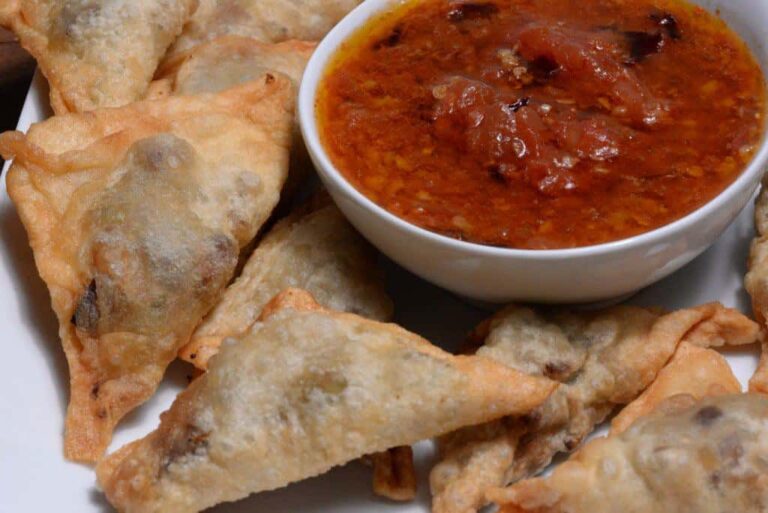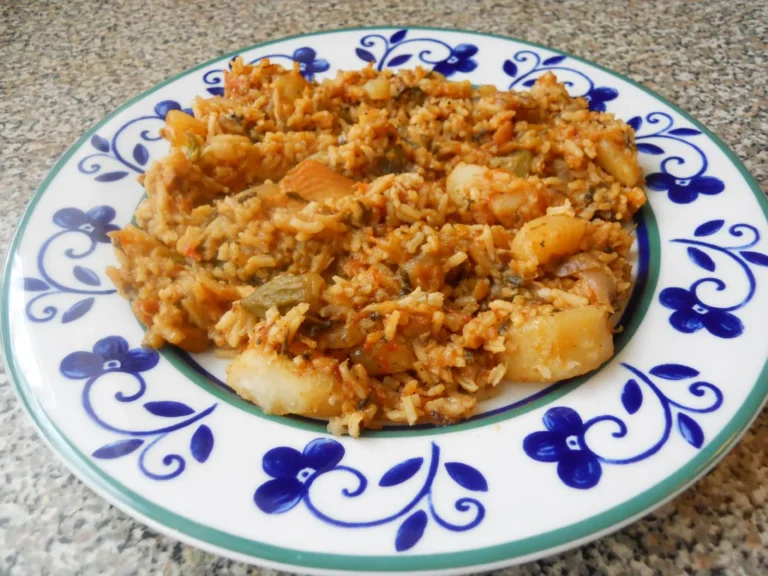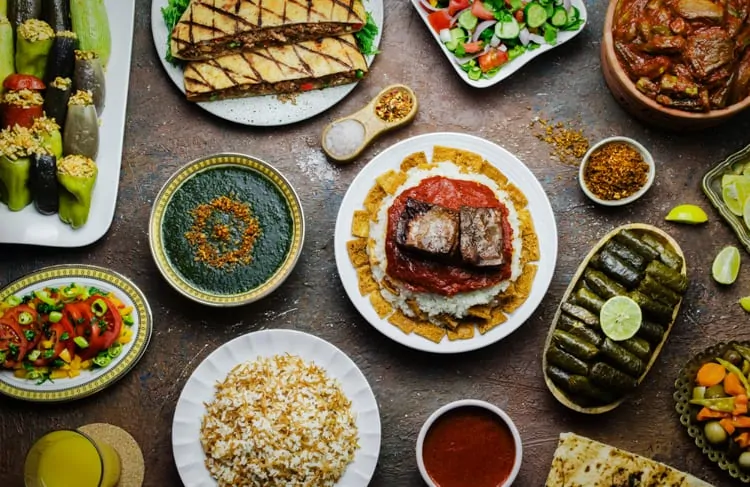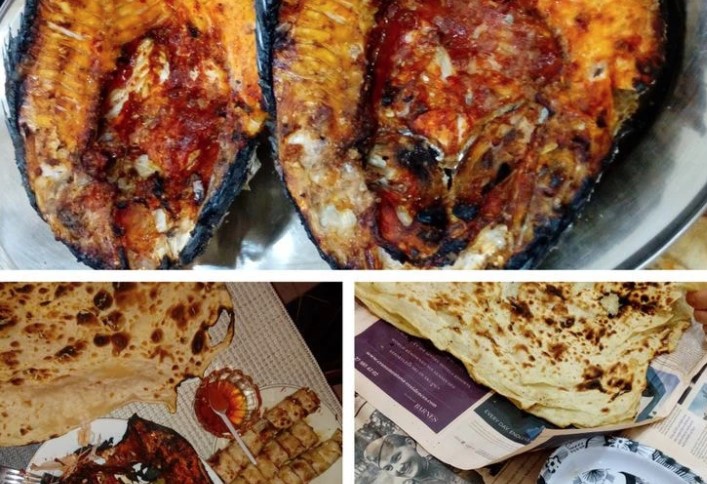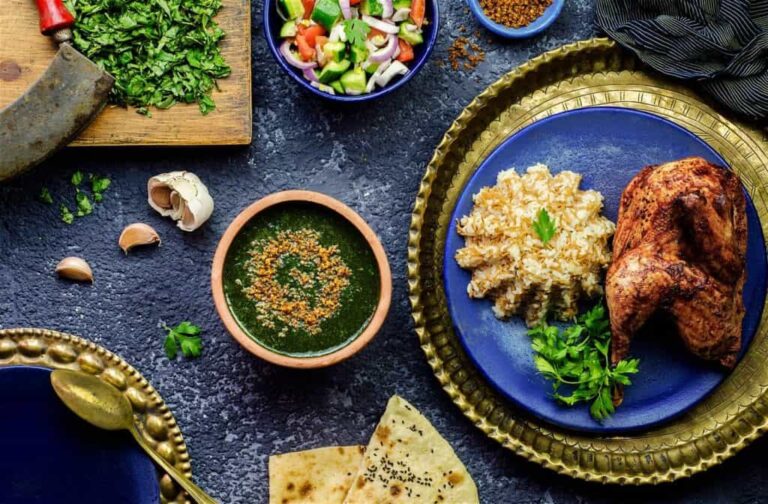Introduction to Djiboutian Cuisine
Djibouti, a small country in the Horn of Africa, offers a rich and diverse cuisine that is influenced by Somali, Afar, and Yemeni cultures. As the country is located near the Red Sea and the Indian Ocean, seafood plays a significant role in Djiboutian cuisine. Moreover, Djiboutian food is known for its spicy and flavorful stews and soups that are often accompanied by fluffy flatbread or rice.
Influences on Djiboutian Dishes
Djiboutian cuisine is heavily influenced by its surroundings, with the spices and ingredients that are commonly used in Somali and Yemeni cooking. Djiboutian dishes tend to be quite spicy, with a mix of aromatic spices and herbs such as cumin, coriander, cardamom, and turmeric. The cuisine is also characterized by the use of maraq, a spicy stew that is often made with meat, lentils, and vegetables.
Mashed Bananas and Spices: Skoudehkaris
Skoudehkaris is a popular Djiboutian dish made from mashed bananas and a blend of spices, including cardamom, cinnamon, and cloves. The dish is typically served with rice and a side of maraq, a spicy stew that is made with meat, vegetables, and lentils.
Aromatic Stews: Fah-fah or Soupe Djiboutienne
Fah-fah, also known as Soupe Djiboutienne, is a delicious stew made with a variety of meats, including beef, lamb, and chicken, as well as vegetables such as carrots, potatoes, and onions. The dish is seasoned with cumin, coriander, and turmeric, giving it a unique and aromatic flavor.
Fluffy Flatbread: Lahoh or Injera
Lahoh, also known as Injera, is a type of flatbread that is commonly eaten in Djibouti and other African countries. The bread is made from a batter that is fermented overnight, giving it a tangy flavor. Lahoh is typically served with a variety of stews and soups.
Fresh Seafood Delicacies: Raieh
Raieh is a popular seafood dish in Djibouti that is made from fresh fish, typically mahi-mahi or red snapper. The fish is marinated in a mixture of lemon juice, garlic, and spices before being grilled or fried. Raieh is often served with rice or a side of maraq.
Meaty Treats: Digaag Qumbe or Barbecue
Digaag Qumbe, also known as barbecue, is a popular meat dish in Djibouti that is typically made with chicken or goat. The meat is marinated in a mixture of spices and grilled over an open flame. The dish is often served with rice or a side of maraq.
Sweet Endings: Halva or Cahoua
Halva is a sweet dessert made from sesame seeds that is commonly eaten in Djibouti and other Middle Eastern countries. The dessert is typically served with tea or coffee and has a sweet and nutty flavor. Cahoua, a coffee drink made with spices such as cardamom and cinnamon, is also a popular way to end a meal in Djibouti.

